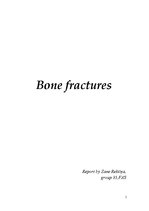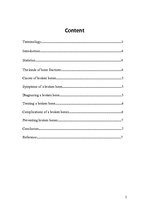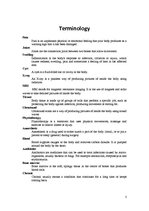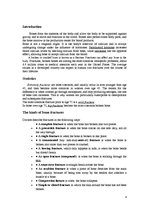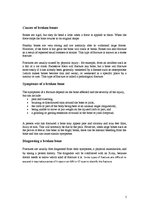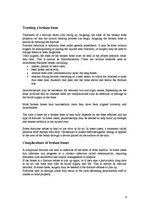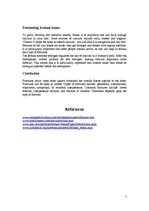-
Bone Fractures
Szint:
Főiskola/egyetem
Irodalom:
4 egység
Referenciák:
Nincs használatban
Küldés e-mailben
Az Ön neve:
Adja meg az e-mail-címet, amelyen meg szeretné kapni a linket:
Üdv!
{Your name} szerint érdemes lehet megtekinteni ezt a dokumentumot az eKönyvtárban „Bone Fractures”.
A dokumentumra mutató link:
https://www.ekonyvtar.eu/w/852012
A dokumentumra mutató link:
https://www.ekonyvtar.eu/w/852012
E-mail elküldve
